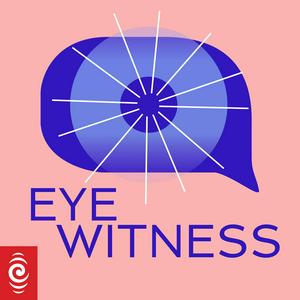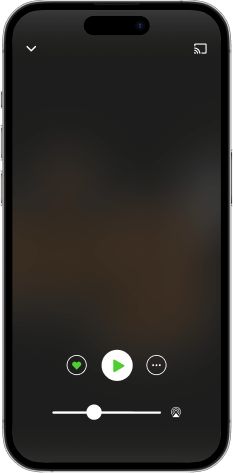Sir Bryan Williams - altering rugby history
Rugby legend Sir Bryan Williams made All Blacks rugby history as the first player of Pasifika blood to play in Apartheid-era South Africa in the early 1970s. He talks to Sonia Yee about the cultural obstacles and challenges heading into the three-month tour, what it meant for Black South Africans and why he's advocating for Pasifika players today through Moana Pasifika.Today, Pasifika players are commonplace in the All Blacks, and rugby in general. But that hasn't always been the case. During Sir Bryan Williams' time there were cultural barriers. Listen to the podcast to find out what it took for Sir Bryan Williams to alter rugby historyThe year was 1970 when a shy, 19-year-old Bryan Williams was selected to play for The All Blacks. It was an exciting and daunting time."I was selected alongside many of my heroes - Colin Meads, Brian Lochore, Malcolm Dick, and a whole array of top players who I'd spent the 1960s absolutely idolising, and then suddenly I was selected alongside them, so I was terrified," Williams recalls."Coming into the All Blacks, you're always under pressure. There's the expectation that you live up to what the jersey stands for."Williams was only just getting used to the spotlight in his rookie year, when he was selected for a three-month tour to play against the Springboks in apartheid-era South Africa.While Williams was not the first Pasifika player to join the All Blacks - Walter Batty, and brothers Frank and Dave Solomon came well before him - Williams would be the first to travel there, but not without some anxiety leading up to the tour.The system of apartheid, which translates as 'apartness' in Afrikaans was built on a legislation of separatism and racial segregation under a white-led National Government.Formally coming into law in 1950, apartheid kept those of black and coloured skin completely separate from whites in the public domain. Designated areas were set up on the basis of skin colour.'Whites Only' signs would be seen hanging in shop windows, on park benches, at entrance ways to cafes and restaurants, and even access ways to beaches.Interracial marriages were banned and all South Africans were classified into four groups - black, coloured (mixed race), white, and later, Asian (for Pakistanis and Indians).Previously, in 1960 Māori All Blacks were banned from touring to South Africa and New Zealanders were signing petitions opposing the exclusion and the tour.Ten years later, Williams and the three Māori players - Sid Going, Buff Milner and Blair Furlong - would be admitted under a special pass, giving them what was referred to as 'honorary white status.'…Go to this episode on rnz.co.nz for more details


